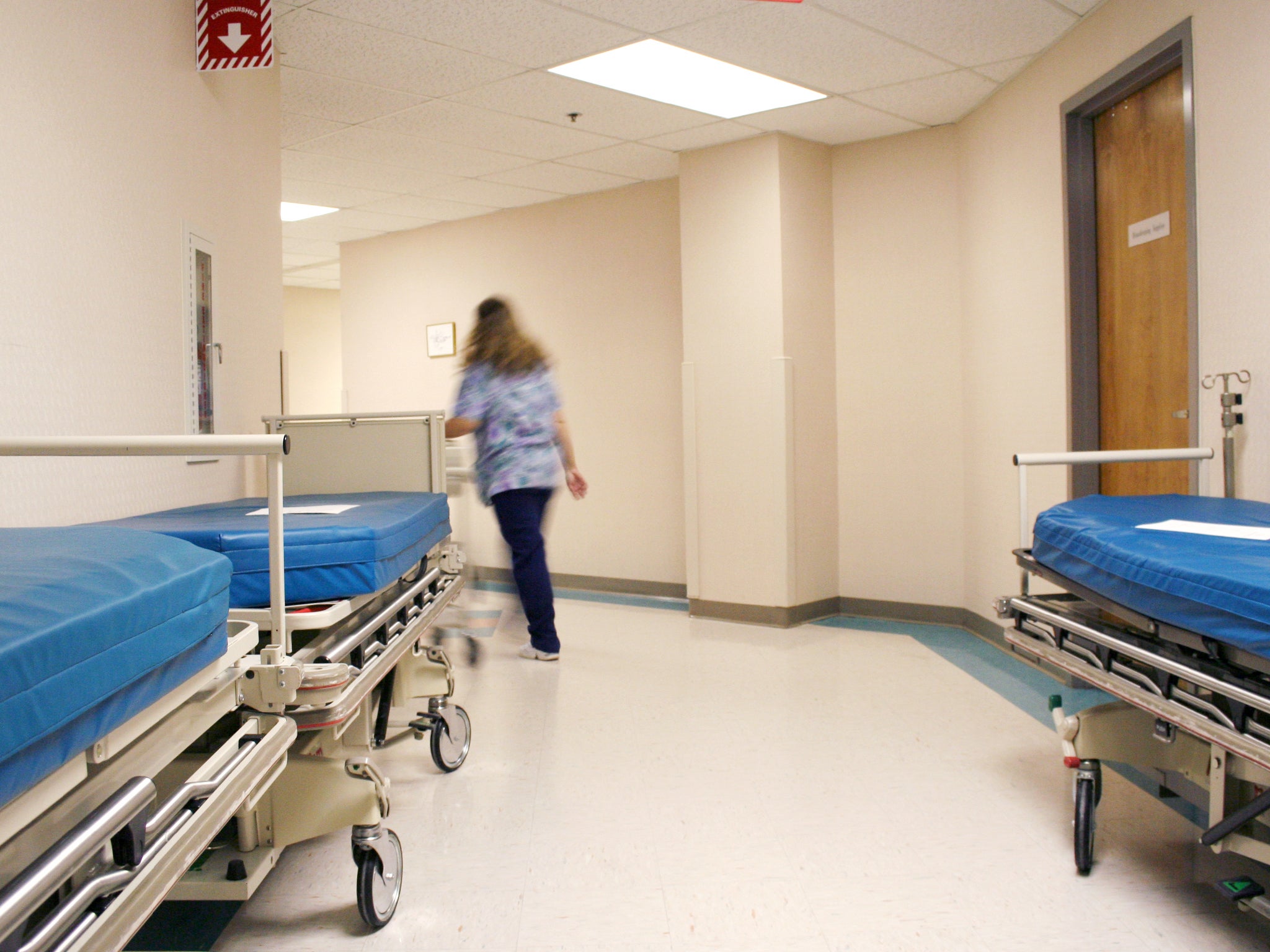Four million NHS patients ‘left in limbo’ waiting for diagnosis, warns Policy Exchange
Report calls for £1.3bn funding to improve diagnostics

Your support helps us to tell the story
From reproductive rights to climate change to Big Tech, The Independent is on the ground when the story is developing. Whether it's investigating the financials of Elon Musk's pro-Trump PAC or producing our latest documentary, 'The A Word', which shines a light on the American women fighting for reproductive rights, we know how important it is to parse out the facts from the messaging.
At such a critical moment in US history, we need reporters on the ground. Your donation allows us to keep sending journalists to speak to both sides of the story.
The Independent is trusted by Americans across the entire political spectrum. And unlike many other quality news outlets, we choose not to lock Americans out of our reporting and analysis with paywalls. We believe quality journalism should be available to everyone, paid for by those who can afford it.
Your support makes all the difference.More than four million NHS patients are awaiting diagnosis, according to a new report.
New analysis undertaken by the think tank Policy Exchange found that 80 per cent of the 5.3 million-long NHS waiting list are yet to be diagnosed, with an average wait-time approaching 10 months.
The report, A Wait on Your Mind, called for the government to invest £1.3bn in new funding for diagnostics to slash the average wait-time to eight weeks.
Around 20 per cent of cancers are diagnosed on referrals for other medical problems, meaning that there were likely to be hundreds of cancer patients going undiagnosed within each NHS hospital in England, according to the report.
Robert Ede, the lead author and head of health and social care at Policy Exchange, said the number of people awaiting diagnosis posed “an enormous clinical risk”.
“As we look to the spending review, Policy Exchange is calling for reform to the system, putting the funding and incentives in place to prioritise an NHS diagnostics revolution, whilst supporting patients as they wait for treatment,” he said.
Mr Ede said improved communication with patients was also a priority as millions were being “left in limbo” with no idea how long it would be until they were treated.
The government should invest in a digital-led service to offer support to patients on the waiting list, Mr Ede and co-author Sean Phillips urged.
The report has been backed by Sir Bruce Keogh, former National Medical Director of NHS England, Professor Neil Mortenson, president of the Royal College of Surgeons, and Stephen Dorrell, a former health secretary.
In a preface, Sir Bruce said: “Whilst a tolerant British public played their part in reducing demand for non-Covid services, that tolerance must be repaid or it will wane with the pandemic, as families pay a very personal price for delays in diagnosis and treatment.
“Intolerable waiting lists are back. This is our next big test [after the pandemic], both the public and NHS staff have now seen better and expect better.”
Mr Dorrell called for a “transparency revolution” and said it was “humiliating” that the NHS was “unable to offer any meaningful guidance on when it will be able to treat your painful or life limiting condition”.
The NHS waiting list in England grew to a new record high this year, with more than 5 million people awaiting treatment at the end of April as the health service continued to wrestle with the coronavirus pandemic. More than 385,000 patients had been waiting longer than a year, with 2,722 waiting more than two years.
Join our commenting forum
Join thought-provoking conversations, follow other Independent readers and see their replies
Comments